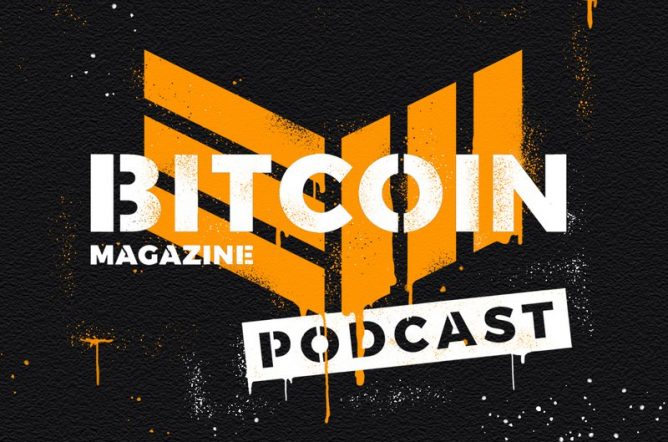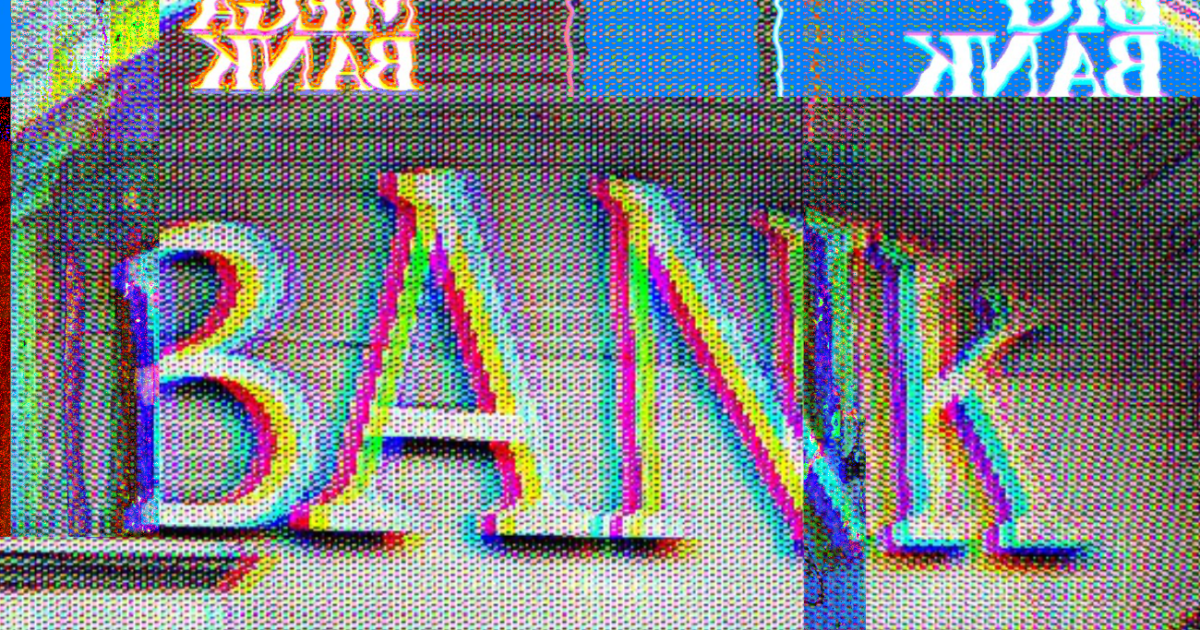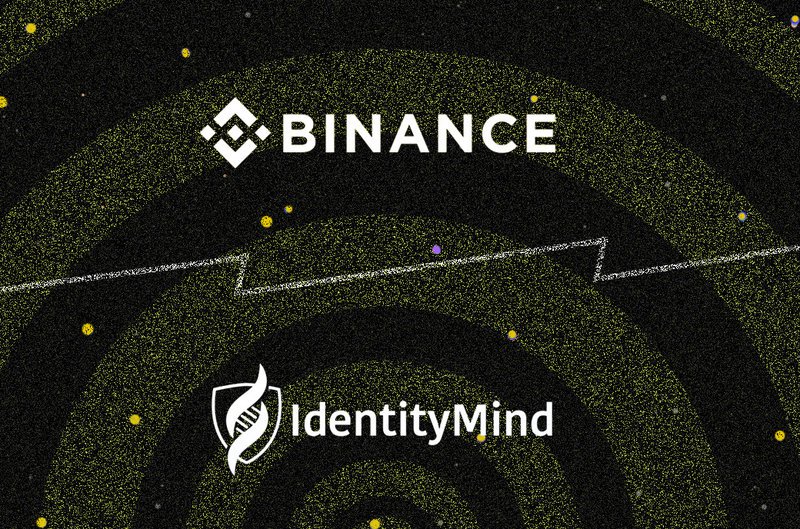Latest Report on QuadrigaCX Confirms Fears of Mass Fraud
The QuadrigaCX saga appears to be coming to a close.
Ernst & Young released its fifth monitor report yesterday, and the meaty document offers the clearest — and most damning — look into QuadrigaCX’s opaque business practices to date. The latest findings estimate that missing funds total $214.6 million CND, of which Ernst & Young has been able to secure roughly $33 million. It also reveals that Cotten was using fake accounts to trade nonexistent funds with real users and that he cycled the cryptocurrency from these trades to other exchanges.
QuadrigaCX announced its insolvency at the beginning of 2019 following the sudden death of its CEO, Gerald Cotten. Jennifer Robertson, Cotten’s widow, hastily filed for creditor protections in Nova Scotia. As legal proceedings under these protections ensued and suspicions mounted, Michael Wood graduated the case to bankruptcy proceedings. Formerly acting as court monitor for the case, Ernst & Young’s first report as Trustee in Bankruptcy paints a bleak picture.
Specifically, it confirms long-standing fears that the now defunct exchange was running a multimillion dollar fraudulent enterprise. Its ringleader, the late Gerald Cotten, kept little-to-no accounting records, comingled client and business funds, made luxury purchases with client deposits, created fake accounts on QuadrigaCX (which were funded with fake fiat and crypto balances) and used these alias accounts to trade with real users, withdrawing the cryptocurrency from these trades to other exchanges.
On these competitor exchanges, Cotten either gambled client funds on margin trades, losing millions of dollars worth of cryptocurrency in the process, or liquidated these funds into cash.
“No Accounting Record”
At its peak, QuadrigaCX was the largest exchange in Canada, boasting roughly 360,000 accounts with millions of annual trades. Despite its success and size though, QuadrigaCX’s accounting records were sparse to nonexistent.
“Quadriga appears not to have maintained a general ledger or traditional accounting records since at least 2016,” Ernst & Young writes in the report.
The QuadrigaCX platform lacked “critical infrastructure and design” to analyze revenue and profitability. It also failed to keep a ledger of segregated user and business funds, keep tabs on third-party payment processors, and where they were holding customer funds or track the flow of fiat/crypto funds. In order to make sense of the patchwork of ways in which QuadrigaCX shuffled funds, Ernst & Young followed what few threads it could trace from encrypted messaging conversations, emails, blockchain analysis and the deposit/withdrawal history of individual user accounts.
QuadrigaCX used some nine payment processors to handle fiat deposits and withdrawals in lieu of formal banking relationships. It struck up these slipshod relationships “often without any formal written agreement in place,” a reckless practice we’ve seen from Bitfinex in its own recent troubles with Crypto Capital. The exchange accrued massive expenses at the hands of these processor’s services — QuadrigaCX sunk some $11.8 million in service fees into two of them alone from 2017 to 2018.
Playing fast and loose with fund accountability, QuadrigaCX fumbled with an unwieldy hodgepodge of payment processing techniques to stay apace with the crypto market’s explosive growth in 2017.
“The Monitor estimates that more than forty financial accounts have been used by or on behalf of QuadrigaCX since its inception,” Ernst & Young reports. In addition to the payment processor accounts, the exchange handled user deposits and withdrawals through unconventional means, including Jennifer Robertson’s real estate company and physical cash mailing/pickup (These cash deposits were never recorded as hitting bank accounts controlled by QuadrigaCX’s principles or its payment processors).
Ernst & Young also found that “Mr. Cotten did not file personal tax returns for 2014, 2015 or 2017. Mr. Cotten did file personal tax returns in 2014 and 2016; however, no Quadriga income was claimed in these years.”
Ghost Accounts and Gambling
Cotten may have kept no books on QuadrigaCX’s business, but the exchange did keep confirmation records for deposits and withdrawals. And of course, various blockchains have verifiable proof of the movement of funds to and from the exchange’s wallets.
According to the report, Cotten used a handful of dummy accounts on QuadrigaCX to falsify trades on the platform. One of these sock puppet accounts, registered with the pseudonym Chris Markay, accounted for 95 percent of all this fake activity, and the money he was playing with didn’t exist.
“The Chris Markay Account reported fiat deposits exceeding $220 million and significant cryptocurrency deposits, including 34,806 bitcoin and 540,011 ether onto the platform between 2016 and 2018. Reported fiat deposits include a single $100 million deposit in June 2017,” Ernst & Young writes. “The remaining deposit value appears to have no supporting documentation associated with it. To date, the Monitor has been unable to independently verify the deposits through blockchain analysis or review of TPP account statements accessed to date. As a result, the Monitor notes that it is likely that these deposits are not represented by actual Fiat or Cryptocurrency.”
Nonetheless, these “Unsupported Deposits” were used to trade with users who deposited real funds into the exchange. Alias accounts like Markay conducted some 300,000 trades on the platform and transferred the cryptocurrencies accrued from these trades to external exchange accounts controlled by Cotten, one of Cotten’s personal wallets, and wallet addresses whose owners are unknown.
On these other exchanges, Cotten took this house money and either gambled with it or liquidated it. Between 2016 and 2019, Cotten and/or another person with access to QuadrigaCX’s wallets transferred 9,540 bitcoin, 387,783 ether and 239,020 litecoin to three undisclosed exchanges. Most of these coins were converted to other cryptocurrencies, usually bitcoin.
One of these exchanges informed Ernst & Young that Cotten had set up margin accounts to long/short “multiple currencies including DASH, OMG, ZEC and DOGE.” More often than not, Cotten’s trades were rekt and the exchange in question “liquidated a significant portion of the
Cryptocurrency in the account to satisfy the margin shortfall thereby reducing the net inventory of Cryptocurrency available to be returned to Quadriga.”
As for the rest, Cotten liquidated 21,493 bitcoin at another unnamed exchange for $80,000,000 CAD. There are only 8 BTC left in this account.
So Where’s the Money?
Most of the money pumped into QuadrigaCX has gone up in smoke.
Besides what was lost in margin trades, sent to Cotten’s or unknown wallets or liquidated, Ernst & Young believes some $12 million is hiding in assets left to Jennifer Robertson in Cotten’s estate. This corroborates an old suspicion that customer funds were used to fund Cotten and Robertson’s opulent lifestyle, which often included lavish vacations.
Specifically, Cotten and Robertson bought 16 properties in Nova Scotia, properties in British Columbia, investment securities, a boat, an airplane, high-end vehicles and gold and silver coins. Some of Robertson’s cash holdings are also believed to have come from customer deposits.
The court has issued an asset preservation order which bars Robertson from selling these assets (something she did in the past). Ernst & Young has liaised with her about the properties and plans to seize the assets for liquidation to pay back affected QuadrigaCX users.
As for the rest, Ernst & Young is still in the process of shaking down all of the nine payment processors QuadrigaCX used for business. So far, it has retrieved $32 million in fiat, while recovering $1 million in various cryptocurrencies from hot wallets and third-party exchange accounts associated with Cotten. This is about a seventh of the $214.6 million CAD ($74.1 million in fiat, $140.5 million in crypto) that the exchange owes 76,000 users.
“The Platform does not report and Quadriga does not track where these Funds, if they do exist, were to have been physically, or in the case of Cryptocurrency, digitally maintained,” Ernst & Young reports. Additionally, the exchange’s cold wallets, which Robertson formerly reported were inaccessible and housed the bulk of the owed funds, “had not been used since April 2018 other than to fund and receive bitcoin with a competitor exchange and [these wallets’] holdings prior to April 2018 were inconsequential in relation to total User deposits.”
The post Latest Report on QuadrigaCX Confirms Fears of Mass Fraud appeared first on Bitcoin Magazine.









